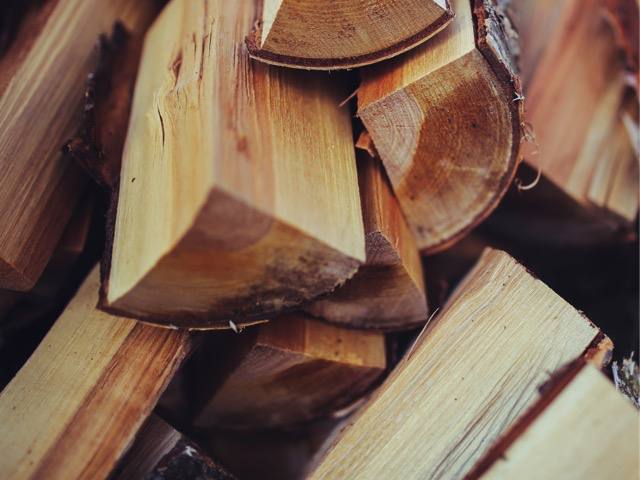Day 10: Hickory Wood: All the Stats, Facts, and Data You’ll Ever Need to Know
Hello everyone. It’s time for a science and history lesson. First I would like to apologize for the late blog post. I am late by a whole day, but I am here to make that up to you along with a giveaway we’re doing and some other fun ideas. In memorium of my old man on his birthday, we’re out to celebrate with all of our friends and family right here on the website, but first we gotta get the fire started and there’s no better wood to smoke with than Hickory in my opinion.
The Pawchohiccora and the Carya
Hickory Trees are from the genus Carya which means “nut” in Ancient Greek. While I am not up to snuff on the whole of ancient mythologies, I can safely say that Hickory has had a long history of being used for a variety of useful tasks including many different recipes in the Powhatan tribes of Virginia before and during the founding of the British-American colonies. Those recipes used the nut of the Pawchohiccora (Hickory) Tree and included a broth and a pulp used to flavor beans, vegetables, and broths as well as to create flour for breads. The Hickory nut was common all the way until the 19th century for cakes, breads, and cookies.

Hickory Smoking
Several years ago my Dad knew what many legends of barbecue have said for generations, and that was the fact the God put the Hickory tree on Earth for a reason, and the reason was that he knew what we were going to do with it. He gave the Texans mesquite because the soil was too poor to grow Hickory. That’s how we’re going to be using Hickory for the purposes of today’s blog.
Hickory has been used for several hundreds of thousands of years for campfires and cooking all over the world. The distinct aroma and savory flavor it produces when used to smoke meat is something many would find difficult to beat in life. The flavor is not as sharp as Mesquite or other hardwoods, but is also not as fruitful or sweet as a fruitwood. Because many consider it a “Fire Elemental” wood, it goes hand in hand with preparing food as well as making tools forged from fire. Compared to “Air Elemental” woods suchs as pine, cedar, and other conifers, Hickory is suitable for a pleasant and slow burning fire. It is dense and very strong under stress. This causes an even and manageable heat for smoking. Hickory when burned produces a smoke that is relatively free of harsh oils and waxy residue. This allows for long cook times without fear of ruining your meat with an overpowered falvor or aroma.
When mixed with a light amount of fruitwood (Apple is a favorite) Hickory produces a salty-sweet smoke that is amazing for bacon, hams, and other white meats such as chicken and even turkey. My personal favorite is a batch of Apple-Hickory smoked bacon with a light glaze of Maple syrup. You can’t beat a candied bacon made from Nature’s gifts to mankind.
Hickory For Utensils
Hickory has qualities unmatched by many other types of wood when it comes to longevity, hardness, durability, and strength. Used as a handle in shovels, pick axes, and other told of labor, Hickory has enough tensile strength to dig or pry anything apart without breaking. Until recently, Hickory was the only wood used in baseball bats and has been phased out for Ash as of late. Many other culinary uses of Hickory include cutting boards, knife handles, wooden spoons, and rolling pins.
Hickory for Building and Woodworking
Hickory is a slow growing wood and has been used far less in the last several decades due to deforestation. It has been replaced by fast growing pines and other easily replaceable trees as a cost effective and somewhat better for the environment building material, but let me be the first to tell you that Hickory built furniture and reclaimed wood holds high value in my book of hobbyist woodworking. It is sturdy and is probably singlehandedly responsible for the old saying “They don’t make ‘em like they used to.”
Conclusion
Hickory is a wonderful wood for utility and smoking barbecue. It also just so happens to be the driving flavor behind our highly sought after steak rub. Before you go, take a look at Jim Quessenberry’s Steak Beautiful.





